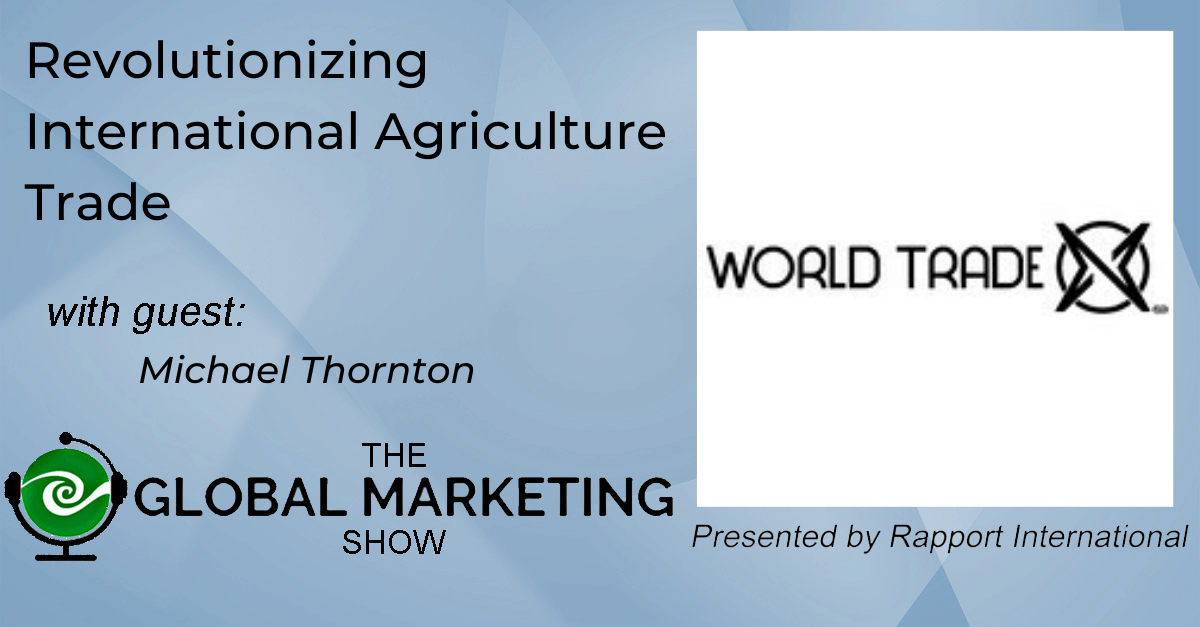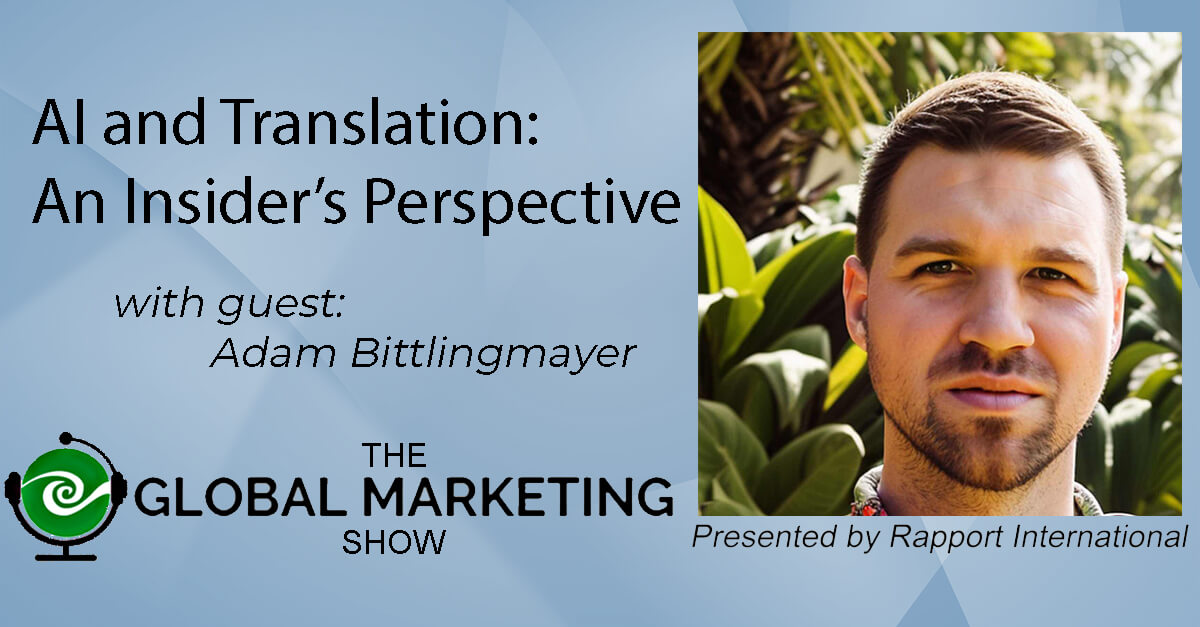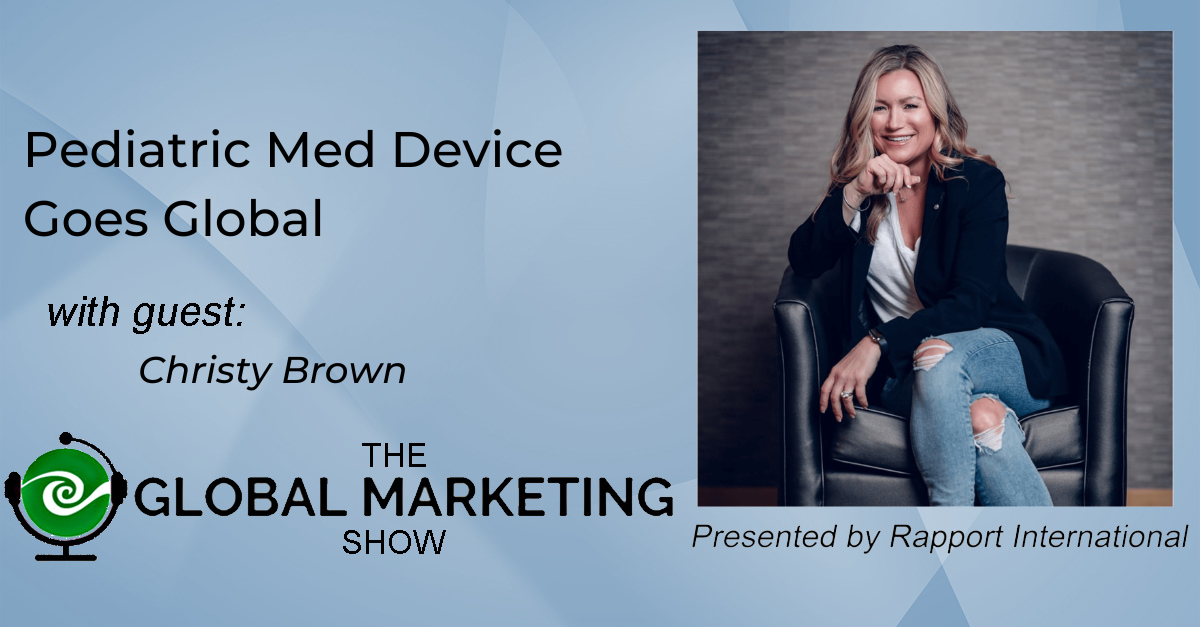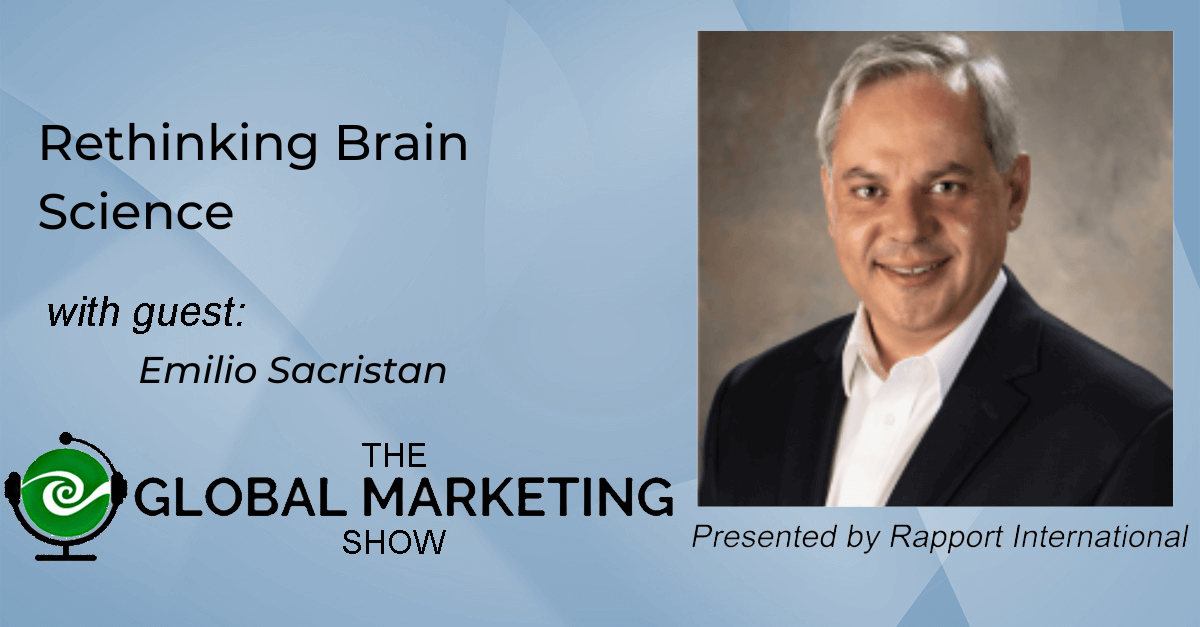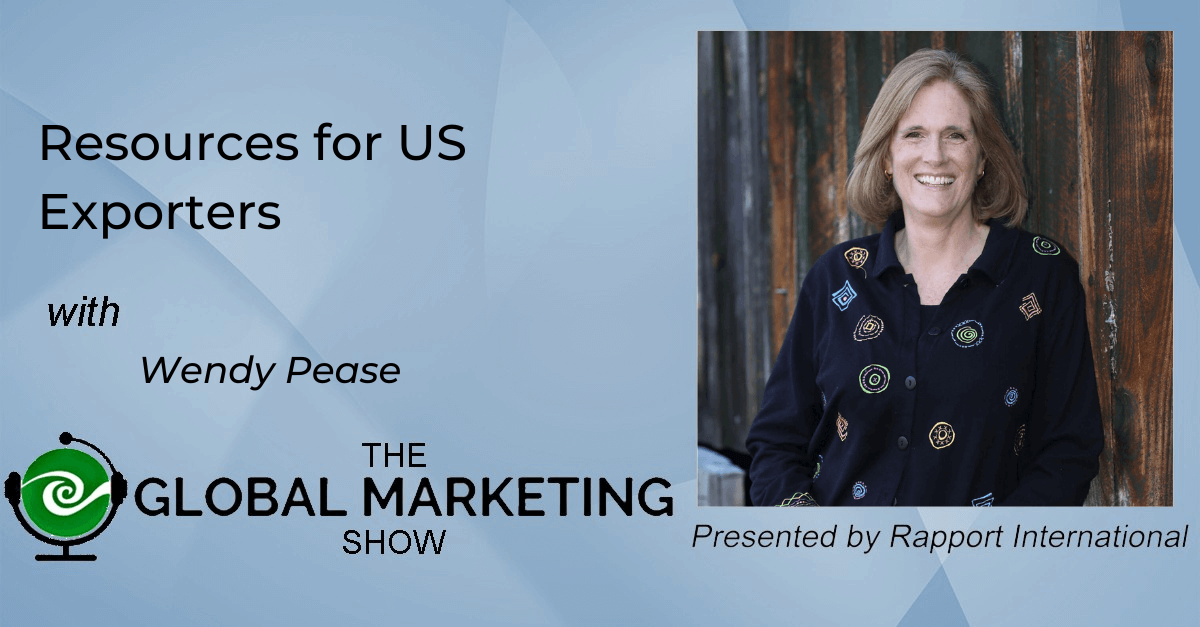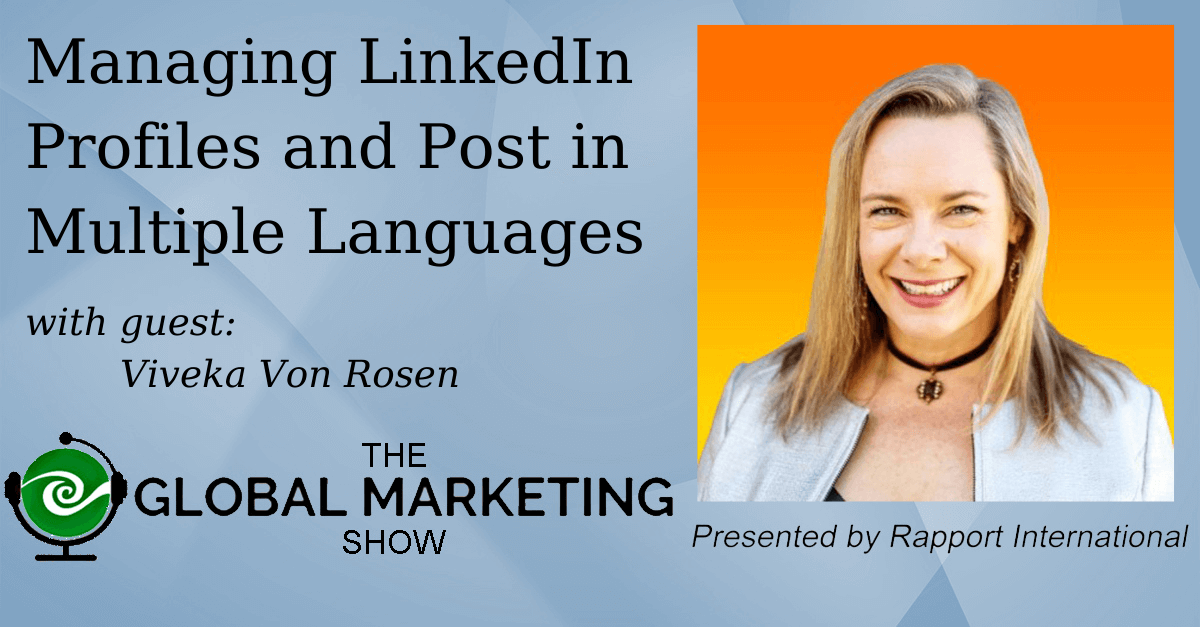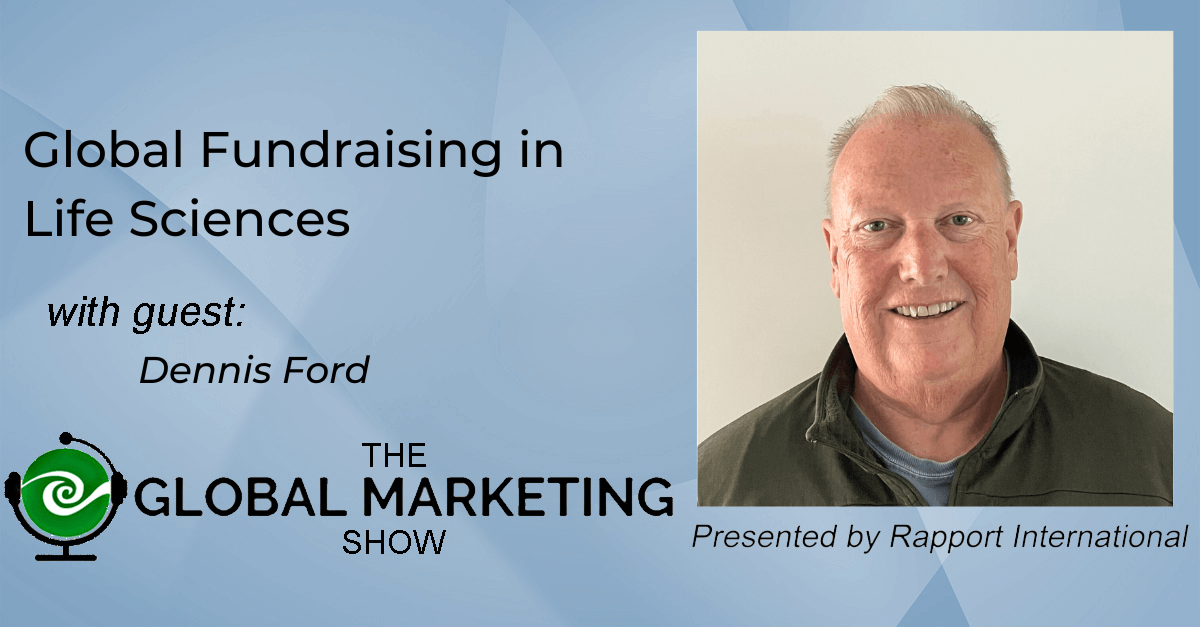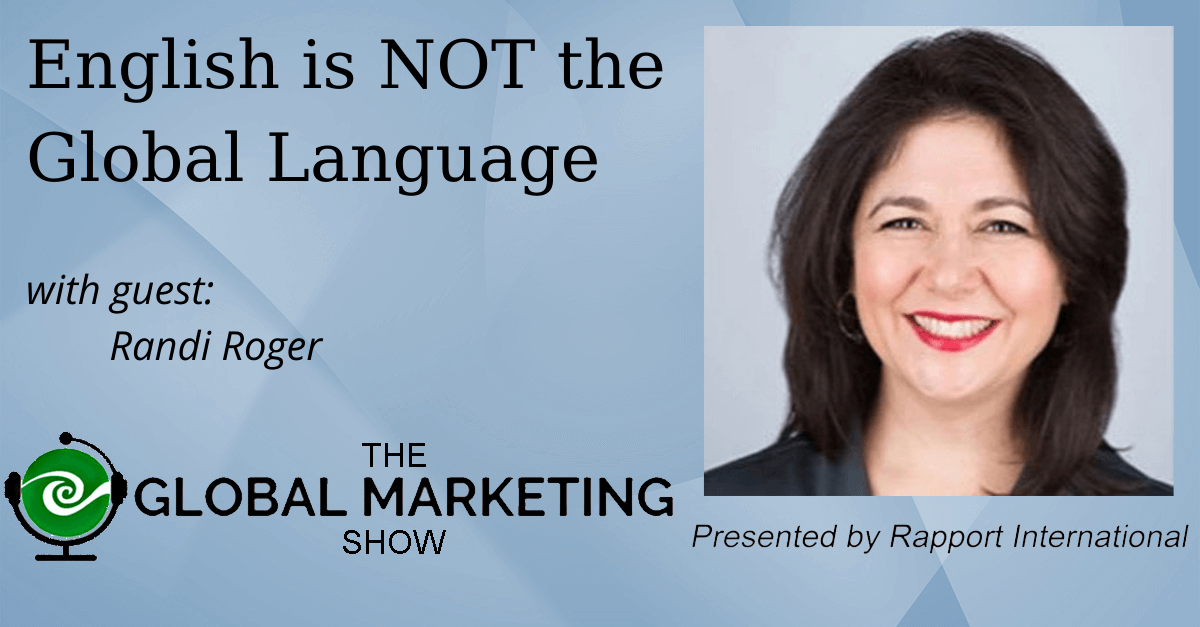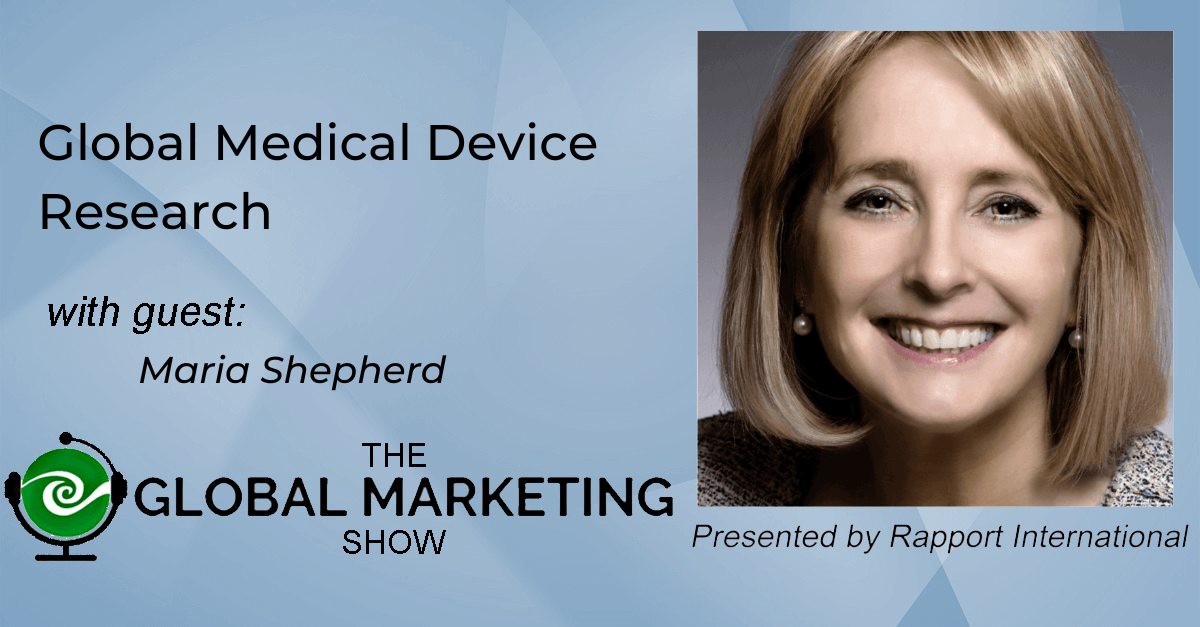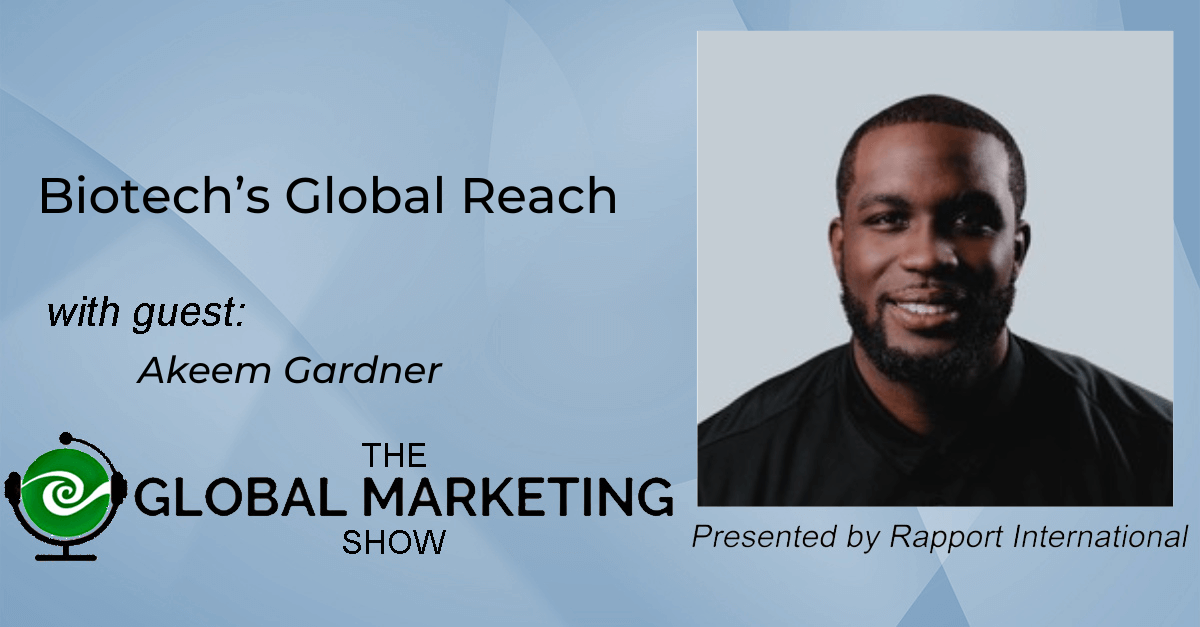Faruk Heplevent is founder and CEO of The Scope, a company specializing in computer-generated imaging (CGI) for the automotive industry. He is a pioneer in the industry, leading the charge for a more sustainable process for new car reveals; his client list of brand-name manufacturers throughout the world is proof of how The Scope’s approach and technology have inspired change.
The process for planning and executing new car reveals has historically been laborious, costly, and time-consuming, requiring at least six months simply for planning. Since the 90s, when photographers relied on “wet” film rather than “dry,” digital film, every catalog and commercial for every new car launch campaign required what Faruk calls the “cost and time of ‘real life.’”
Locations, permits, staff, meetings, logistics, weather/vegetation changes, sustainability issues due to excessive travel and shipping requirements all came into play in the process, starting with:
- At least 6 months for planning
- Security teams to maintain secrecy
- Logistics around wrapping the car, shipping it out, and receiving it on location, without it being seen (when a new car was on location, it was referred to as “code red.”)
- Flying a crew of 5-6 people to the location – typically either Los Angeles, South Africa, or Spain
- Hiring a local support crew
And last, but certainly not least, the crew would simply hope for – or wait for – good weather. Altogether a complex, expensive, and time-consuming process, with no privacy guarantee.
The traditional shoot locations were versatile, reliable insofar as terrain and backdrop options, with agreeable weather. Localization and globalization requirements, however, meant the output – the “film” – needed to service launches from countries throughout the world, with cultural understanding. In other words, the images had to stay on-brand while accounting for cultural leanings in Asia, which are markedly different from those in Europe or the US, and be conscious of even regional differences.
Hollywood was the first to adopt CGI technology, for special effects in movies and television; for the latter, it meant using the same sound stage for multiple shows, simply by altering the backdrop. The automotive industry was not far behind and Faruk helped lead the charge.
He spent about 8 years perfecting CGI technology for vehicle images, ones matching the quality of a live, on-site shoot. The advancement meant no more worries around weather or location; and, once the “digital twin” – a 3D representation matching visual fidelity and quality of the car – is rendered, it takes just one week to create a final, working prototype image for the decision maker’s review.
The result is “possibly even better” than an actual photograph, says Faruk. You can incorporate “creative choices” and the editing process, previously constrained by weather and other factors, is now relatively instantaneous so even “micro-edits” are incorporated.
The Scope is based in Germany and Faruk’s multilingual, international background means he is well aware of the cultural nuances so important to car advertising. Any global launch first addresses a country’s cultural sensitivities; thereafter, the images and messaging are customized to specific markets.
For example, some generalizations remain consistent across continents:
- Europe wants “authentic, not artificial” imagery. What’s accurate and true? Look for “rugged, tangible backdrops” and details.
- Asian countries prefer pristine, fresh air, clean, “aspirational,” high-end photos, in direct contrast to current climate issues such as smog in Beijing.
- The US looks for authenticity mixed with idealism. The culture differs enough from English-speaking European countries that it requires attention. What’s accurate and true, but with a hint at perfection.
“Authentic – that’s the big word these days,” says Faruk. “It’s not supposed to look artificial. Because everyone’s afraid that CGI is going to look artificial because it is artificial by nature.”
The technology easily adds authenticity, toggling among a library of backdrops and details (like colors, flags, currency, people) that can be instantly implemented (or dismissed). Localization and globalization efforts can be even more tailored to a specific audience or geographic region, as a result – white cars in the southern US, more black cars in the north, and no desert or Nordic forest backdrops in the UK, for example.
Throughout, despite superior technologies and our increasing cultural awareness, Faruk is emphatic about having local people review content for cultural propriety, underscoring the never-ending complexity of translation and cultural adaptation.
Links:
Website: www.TheScope.studio
LinkedIn: https://www.linkedin.com/in/farukheplevent/
Connect with Wendy : https://www.linkedin.com/in/wendypease/
Music : Fiddle-De-Dee by Shane Ivers https://www.silvermansound.com
ATTENTION: Below is a machine-generated transcription of the podcast. Yes, here at Rapport International we talk a lot about how machine translation lacks quality. Here you see an example of what a machine can do in your own language. This transcription is provided as a gist and to give time indicators to find a topic of interest.
Wendy: Hi friends and welcome to the Global Marketing Show. We're going to be talking about CGI and automobiles and localization. And we've got a really interesting guest here who speaks multiple languages. But before we get into that, I want to remind you that the podcast is brought to you by Rapport International.
They connect you to anyone, [00:01:00] anywhere in the world in over 200 languages by providing high-quality translation, written translation, and spoken interpretation services. And today's tidbit brought to you by Rapport International is a superstition. In the United States, people will knock on wood and that's supposed to mean let me have some good luck.
You know where that comes from? It comes from medieval times. Wood suppliers would often wrap rotten wood in the middle of the good wood pile to secretly get rid of the bad stuff. Customers would knock on the wood to see if bugs came out, thus indicating that the cord was either good or not, and if it wasn't, then the seller was dishonest.
So when you knock on wood, think about looking for bugs to make sure your wood is good. On that note, let me introduce Faruk Heplevent, who is here today to talk to us about his [00:02:00] globalization, localization efforts. He's the founder and CEO of The Scope, where they pioneer CGI technology for vehicle images.
We're going to dig deep into that. His company works with Toyota, Lincoln, Tesla, Renault, Mercedes Benz, BMW, Audi, Cadillac, Lexus, and Volkswagen, among others. He's won leadership awards like the Cannes Lions, so Faruk, welcome. It's good to have you here.
Faruk: Hi Wendy, thank you very much for having me. It's awesome.
Wendy: Yeah, so you live in Germany. You also speak Turkish and English. Have you ever heard that saying knock on wood?
Faruk: No, that was a very interesting piece of information. I love those things. I wasn't aware it's coming from that source. I know that, you know, clicking the glasses is sort of drinks mix.
So if it's poisoned, you mix it up. That's what I heard, so I'm not sure if [00:03:00] it's true.
Wendy: That is another good one. I had heard that and I can't even imagine going cheers and clicking our glasses hard enough to mix the drinks, but I had heard that was from the medieval times too. That's a good one. right. So you do CGI and you do automobile advertising. Explain to us what CGI is.
Faruk: CGI in general terms means computer generated imagery, so this is what you probably most of the audience know from Hollywood movies where they do the effects or build worlds, do all these things.
This is where it originated, and the automotive industry was one of the first ones to adopt the technology because the cars are being developed in a digital environment. They do go to prototypes, but the original design, the engineering happens, a lot of it happens in the digital world. [00:04:00] Therefore, they were the first ones to actually have digital data to create what is called a digital twin.
Okay, so digital twin essentially is you have the real world object, but you have a digital representation of it that you can use in image production, simulations, crash tests, you know, all these things. So to utilize digital twins to optimize production, save money, be more sustainable, all these things, speed up development, but what we do, essentially, we're at the end of the development cycle where a new vehicle gets introduced to the market.
My background is car photography, and then I moved into the CGI environment because more and more things in car photography were being produced using CGI. And, you know, I was interested in it.
Wendy: Hang on there. Yeah, tell me more about your [00:05:00] background there. So you did car photography. I have all sorts of ideas of how it happened, but tell me what you actually did.
Faruk: Well I started assisting out of school. So it is like apprenticeships, right? You work with a photographer, you learn to craft. You do that for a while. I did it for quite a long time. I did it for over nine years before I went on to do it myself.
Wendy: Do you work for a car manufacturer or an agency or for yourself?
And then do you fly all over the world?
Faruk: Well, I started as an assistant. You start working for a car photographer that works with agencies for manufacturers. So back in the 90s, you know, they were photographing on film for campaigns and catalogs and all these things. So, this is how I learned
how to photograph cars in the studio on location. It's a lot of travel. Yeah. So essentially, you follow the sun as a car photographer, which is great, [00:06:00] romantic, fantastic, but with a family and your wife saying, well, I didn't really want to marry a sailor and you didn't tell me kind of situation. You've gone six months out of the year, right?
In a way, if you're working car photography.
Wendy: Okay. So you really are getting on the plane and you've got to photograph the car in location.
Faruk: That is still being done obviously. . So essentially, let's say BMW has a new vehicle out, right?
So it's a prototype. It's secret. They don't want the world to see it before they launch it themselves. So they, package it up, put it on a plane, send it to, let's say, Los Angeles. Los Angeles, California is one of the main production spots. So you have California, South Africa, Southern Spain, all, , somewhat similar.
And why do you have that? Because you have production infrastructure. You have good weather. Well, that's that's about it. Right? So you have those 2 elements. [00:07:00]
Wendy: And good views, good backgrounds.
Faruk: Exactly. Good locations. So, you transport everything there, you fly the crew out there, do all that stuff, and, again, in a car lounge situation, I'm pretty sure they still do it, they send people to protect the car from being photographed, right?
These are professional security people, I mean, professional meaning, They have former special forces and it's crazy and all they do is to protect the car from being photographed. Highly trained individuals, well paid, very nice people, but this was the way or is still the way
that cars under what they call red code or code red, you know, secret cars are being handled on location. So this again limits your range of motion. So how well can you manage that shooting in downtown Los Angeles? Not so well. Right. Yeah. That leads to a solution, especially in Los [00:08:00] Angeles, the big film studios have what they call the backlog.
So they have outdoor studios where they've recreated certain sets. They use that for TV shows, you know, Seinfeld, when they walk down the street, they shoot it there. Oh, they used to shoot it there, obviously not shooting anymore. So, it limits your choices. You have the same situation when you're on the road.
The road you can manage a bit better because you can block it off with traffic officers. But it's a big production. It's expensive, it's complex. and it's risky you know, somebody might come and take a picture of the car, which you don't want. So essentially a solution for that, for the safety reason of a production like that is to say, well, if CGI matches the visual fidelity and quality, why don't we produce the launch, images, and films in CGI. Because, first of all, security is covered. You don't have weather risk. With our [00:09:00] specialization on location creation, you have more location options. And you have access to them all the time. Right?
Wendy: Right. So I can conceptualize, you know, there's this new prototype out there and they've gone through all the product production.
I did a internship at SolidWorks where I could see people designing things on the computer. Yeah. Okay. So now. It's not built. Are you, taking like the production people's images or are you creating a new one or how are you making sure that you capture exactly what the new car is going to look like?
Faruk: Well, the digital twin is a three dimensional representation of the car. And by now, it's very, very detailed. So there's a technical step where you get it from the construction data into a polygon model. That's what it's called. So this software that we are using, that most of the CGI studios are using can [00:10:00] digest and turn into a photorealistic image.
Wow. So, if anybody has time or a chance to look at our website, everything on our website is completely computer generated.
Wendy: Go ahead. What's your website? Why don't you say it now? We'll repeat it at the end.
Faruk: It's www the scope written together, the T-H-E-S-C-O-P-E dot Studio. You can find us on LinkedIn and Instagram, but you know, on the website you can get a good idea. of what is possible.
Wendy: So there by the time you CGI an image of a car, then it is exactly as if you took a photograph of the actual thing that came out of production.
Faruk: Usually better.
You know, we spent years and years finessing the photo realism in the technology and this is something let's say seven, eight years ago, it was very, very heavy lifting by now it's easier, but still not [00:11:00] easy. But it's achievable, it has a lot to do with creative choices that you make, , and, you know, the perception of what is a good quality. Interestingly there, more to the angle or to the localization culture, uh, angle of things. Let's say a European client is more interested in it being very authentic. That's, that's the big word these days in the market.
So it's not supposed to look artificial because everybody's afraid that CGI is going to look artificial because it is artificial in nature and we have ways, we could essentially go in and put scratches on the paint, but in the end, nobody really wants that, right?
Wendy: Not in a new car, right.
Faruk: So we are less clean on the locations, not saying putting trash everywhere, but, you know, you make everything more aged, more tangible, more authentic. Asian clients are interested in [00:12:00] more pristine things because, you know, interestingly enough, I was, I was in China over summer visiting clients and meeting partners.
And it is understandable because , the reality in China, you have this very, very high-end, let's say shopping centers, but the moment you leave the high-end areas of the big cities, you know, it's not so pristine. So it is nice to see something clean and nice and not smoggy. Right? When you're in Beijing.
Beijing is smoggy. I mean, the air is not very good. So you want to see clean air, clean nature and all these things. European clients might want to see more cobblestone, more rugged, more accessible, more Instagram type of things, right? So that's how cultures and local tastes change.
The American clients are authentic, but not to the degree that the Europeans are.
Wendy: So they ask for the authentic, but then a [00:13:00] little fantasy.
Faruk: Exactly. Yeah. And it could be a little bit more ideal than maybe what a European client would want to see.
Wendy: Oh, that's interesting. So more idealism for the United States, which goes along with the culture, just to describe.
Faruk: Exactly. Like you said, different ideals, right? And I think this is culture. This is language. This is local customs, so to speak, right? Right, right. People interact with each other, what they consider to be believable, or what they're open to looking at and allowing as information into their eyes in our cases mostly, right?
Wendy: Yeah, that's very interesting. Okay. So even though you're creating an image of a car, or taking a newfangled picture, how it looks to different people around the world. Those subtleties people can pick up on.
Faruk: And those [00:14:00] subtleties even within European markets.
I mean, it's Europe, the French market and the British market and the German market, you would assume they're fairly similar, but they're not. Or the Italian market, right? So because culturally and probably based in the language, they express things differently. They have different points of focus, so to speak, of what they value as a culture.
Very simply, very stereotypical, maybe, but a French person is going to spend more time and effort and money on food than a normal German person. But the Italian would also spend all these things. But in general, maybe spend even more on fashion things, you know, so there is these cultural interactions that are relevant to judge if an image or representation of a car in our cases is accurate or, you know, fits the bill.
Wendy: So when you're [00:15:00] creating an image, you have not only the culture, but then you also have the type of car. So if you have a BMW versus a Toyota, and the cultural effect, how does that change how you create the car or the background you put it in?
Faruk: If we are focusing on certain markets, then obviously we can be more precise with what we produce, but it translates mostly on a high level. It translates into the colors and the general location selection. So of course there is some deserts in Europe, in Spain. There are some, but a desert is not a very European landscape. And if you want to show a medium to normal car for consumers within Europe.
You will not put it into a desert, for example, and we will try to create a landscape that is recognizable through Europe, [00:16:00] right, so no desert, no Nordic forests, but more middle European forest situation with some city city references.
Wendy: So would you have a car driving by the Eiffel Tower and use that in other countries in Europe or just in France?
Faruk: If the French clients say, this car is so French, we want to communicate the Frenchness of the car, if that is part of the marketing approach, then yes, but, usually they don't do that within the projects that we do, but it goes into public relations and there is more, more of that happening.
Essentially what we mostly do is we are looking at, let's say, the United States, Europe, Asia, Asia being mostly China these days as the big, cultural centers that we want to address with the output. And, [00:17:00] something that is very memorable. You know, there was this Red Wedding in Game of Thrones.
I don't know if you followed that show. No, I didn't. I'm embarrassed to say it. But you might have heard, you might have heard of the Red Wedding, right? So the interesting thing is Chinese traditionally get married in red, right? Right. That's impressive. Yeah. Their funeral address is white.
It's white.
Wendy: Mm hmm.
Faruk: So, there's a lot of opportunity to miscommunicate in that market. Along with the colors, starting with the colors. And you have several levels of these things. Obviously, you need local partners to help you understand, find details of cultural visual language, in that case, to express what you're trying to express.
Wendy: Yeah, those are excellent points and it's fascinating to me that the whole process has changed so you're no longer hopping on a plane to go out to location to film, [00:18:00] but you still have to go virtually to the locations to do it. So what do you think that's done to the costs of marketing for car manufacturers?
Cost of time, or has it not changed?
Faruk: It has changed. The timelines for production are getting shorter, like everywhere, I think. Yeah. And going through a classic production pipeline that is linear, meaning somebody needs to go out and say this is the location we want to produce at, get permits.
You know, send pictures. I mean, obviously, he stays digitally fine, but you send it to the client. You have to have a meeting with the agency and client. Everybody approves the location because a lot of people are going to travel to that location, block off a road and take pictures of the car that is, let's say, secret.
So the logistics of getting on location is already quite expensive, [00:19:00] plus you have the weather risk, even if California has so many sunny days a year, you might just hit the wrong day. Um, vegetation changes, all these things are happening. So you don't have the amount of control you would want to have and compare to that.
And then on top you have the sustainability, right? Yeah. It has always been an important thing, but it's more important than ever. Putting five, six people on planes and cars, driving to a place, flying a car around. I mean, you're going to create a carbon footprint. I'm not saying we're carbon footprint free, but everything we have - our service, our machines are running on renewable energy. All our peeps have public transport tickets. I walk to the office, which is a luxury. So we try to keep that as low as we can manage. As far as timing is concerned, even in a very fast [00:20:00] turnaround, let's say you will need a week, to fly the car, lock everything done.
By that time, we're already in, in picture. As we said, we start producing images because we have a library of locations that we can start working on, which we developed over the last eight years.
Wendy: Right, so in a week, you could have the car in a bunch of different locations created and you could have the digital twin, create the car, put it in the different locations and be done.
Faruk: Well, or at least show something to the decision makers and they could say, yes, I like this. No, I don't like it. Because you know, it starts with the location. You have the digital twin, you have the location, then you have the car angle, you have the light on the car. Usually people create mood boards and say, Oh, it's going to look like this, look like that.
We can show a render in a low resolution, but the decision maker can say, I like it. I don't like it. Show me something else. [00:21:00] So we have very useful feedback very early in the process and it helps the decision makers. That usually are a bit different than, let's say, normal production, because in a launch situation, you get the C-level, at the table.
So people who are usually not involved in marketing. I mean, obviously they know what the company is marketing, but they're not involved in production. , When it comes to launch, you usually have the head of design, some very big person in the agency, uh, head of marketing and the CEO involved, right?
So these are all very important people with very little time. This is what we learned. They're not like looking at mood boards. They're not trying to imagine what you're trying to explain saying, Oh, this is the light and this is the car. This is the color. And he's like, well, you know, it's like self service.
What's going on? We had this [00:22:00] conversation with a client who said, Don't tell me, show me, you know? I'm like, ah, okay, we need to show it.
Wendy: Right, so you give the image before you go out and shoot, and then once you've shot, you've got to use those images unless they're really a big problem. With CGI, the process can keep going.
Faruk: Exactly. Exactly. And it's a blessing and a curse. Right? Yeah. But it is a blessing when you're in a launch situation because the launch date is set, right? It's 10, it's the clock is ticking and it's not going to change. They're not going to push the event. They're not going to say, Oh, we have a bit more time.
Let's keep working on it. It has to happen. Right?
Wendy: Right. So interesting. So you end up with a scurry of work, the three days before launch date, if they're not happy with the picture.
Faruk: Exactly. So you need to show it to them as soon as possible, as good as [00:23:00] possible. And once you manage that, they're like, okay, this feels good.
Keep going this way. And now we can just iterate. Oh, you know, raise the quality. Right. But they have something where they can point at it and say, I like this. This is fine. Instead of, somebody says that, the other person says, you know, you try to interpret it lost in translation, happens a lot.
But an image is, this one is good, right? Right. They send you back the image and say, CEO likes this. Let's move on here. Or can we have this higher, lower, whatever, but you know, it's a very clear feedback.
Wendy: Yes, the other thing that's interesting to me too, when you're talking about building a library, if you want to, you could globalize the launch with your pictures from California, Spain.
Three places you talked about going before. But with CGI, you can have a Boston launch and a New Orleans launch and a Paris and a [00:24:00] Lyon launch because you can change those pictures a lot more easily.
Faruk: You could, and the market is developing in that direction.
It's a very good thought. It happens at a later stage in the customer journey. So, you have to launch. So it's all about the car, right? It's a part of the first portrait of the car that goes out into the world. And, location is important. You know, in the cultural pockets, right? So you want a different image for China, Europe, and the United States usually, but not more granular than that.
But once you're in the market, especially in the United States, you want to be able to localize, because more and more dealerships are pushing for that because they're like, come on guys, this is Florida, we grew, what? 150 percent over the last 20 years, so the population is bigger, they have a bigger market share.
They're like, why does everything that we get look like California? Come [00:25:00] in and have some palm trees, some water going on here. It's like, I don't want to, see the Sierra Nevada again. No, I don't have it, right?
Wendy: And they can sell more cars if they have the local image.
Faruk: Exactly. And what happens right now is big, big dealerships and in the United States a very big company. So they go out and produce their own content. Which again, for the central brand might not be so ideal because they try to control brand image and all these things. but yeah, like you said, you could have an angle and a light that works great.
And it's, Oh, let's do that in a Boston kind of area. Your England, let's do California, let's do Minnesota, let's do Florida, Texas. A lot of different. environments that are relevant and then it goes down to you probably don't want to have a black car in Florida because there's a lot of sun and gets hot. Like in Southern Europe, there are more white cars in Southern Spain,[00:26:00] but in Hamburg, where I am, Northern Europe, you don't see white cars because we don't have the heat problem.
Wendy: Right, right. I had never thought about that. I'm headed to Florida in a few weeks, I'll have to check out the color of cars.
Faruk: I'm pretty confident there's a lot of white cars, because it just makes sense.
Wendy: Yeah, it absolutely makes sense. I've always noticed the different brands and what's popular in different areas. And that can vary a lot across the United States. And then across the world, it varies a lot.
Faruk: Yeah, absolutely. But it's a web CGI. There is a possibility to say, oh let's start localizing locations, and then the manufacturers could go in and produce images with a white car for Florida and I'm just making this up.
Wendy: Yeah. Yeah. So, we're running out of time here.
I have to get to the final questions. But before we go there, do you work in any other industries or just cars for now?
Faruk: We explore different industries, [00:27:00] but, with my car photography heritage, we came back to cars because it's the market we know. We looked at beauty, cosmetics, jewelry, and all these industries are using CGI a lot, a lot, a lot, a lot of fashion that is being created virtually these days. So that is happening, but it became very specialized.
Wendy: Okay. And so that's why you've picked cars. That makes a lot of sense. That's why they always say those, they, the marketing experts pick your niche and specialize in that.
If you know any car manufacturers or people in the industry or creative agencies that work with cars, certainly reach out to Faruk. So before we get to reaching out, I have to ask, what's your favorite foreign word?
Faruk: Foreign in which language?
Wendy: That is up to you because since you speak three languages, foreign can be defined in any way you want.
So, [00:28:00] if you want to say it in your native language, that's foreign to someone else.
It could be English, it could be Turkish, it could be German.
Faruk: It's interesting, because German has such interesting words that are hard to translate, but I like, there's a word called Gemütlich
in German, which is cozy and so much more. Cozy doesn't really, it expresses more, more life, more interaction, it has a certain works. In the wintertime, it's similar to, I think, the Swedes have something they call hygge. Yes, that's what I was just going to say.
It's the German hygge. But it's very, very, very different, difficult to describe. It's a feeling more than a word.
Wendy: So how do you say it again? Gemütlich.
Okay, that's a good one. That's a new one for me. So enjoy that. [00:29:00] All right. And Faruk, you mentioned your website before, but can you tell that to us again and how can people reach you?
Faruk: The website is www. thescope, T H E S C O P E dot studio as a URL and name. You can find us on LinkedIn, I'm pretty active on LinkedIn, Instagram.
We also have a presence, but I'm happy on LinkedIn. That's the easiest place to reach me if you want to.
Wendy: Okay. And so Faruk is spelled F A R U K, and then Heplevent is H E P L E V E N T. So Faruk Heplevent on LinkedIn. So this has been fascinating to me because I know images are so important in global marketing.
You can't just put one up and expect it to do well, particularly for a consumer market, across the world. And so here we're talking to you, [00:30:00] Faruk, who's an expert on that, because you're doing it with cars. So, thank you for sharing all this good information.
Faruk: Welcome. Thank you for having me on your show.
Appreciate it.
Wendy: Yes, yeah. Alright, so thank you friends, for listening in to this episode of the Global Marketing Show. If you liked it, forward it on to somebody who does global marketing, and this is a good explanation of why images have to vary and some new technology about how people can go about doing that.
If you know somebody who can talk about a specialty area in global marketing, have them apply to be a guest. You can just go to the global marketing show. Just search for that on your favorite search engine. You'll come to our website and you'll see a big button that says apply to be a guest. We're always looking for interesting people like Faruk to come on. So thanks so much. And we'll talk to you next time.
[00:31:00]
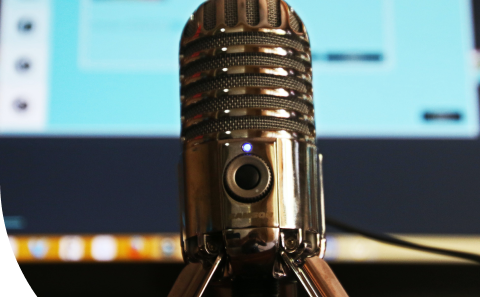
Are you a global marketing professional with stories to share?
Popular Posts
Popular industry news, interviews, technologies, and resources.
